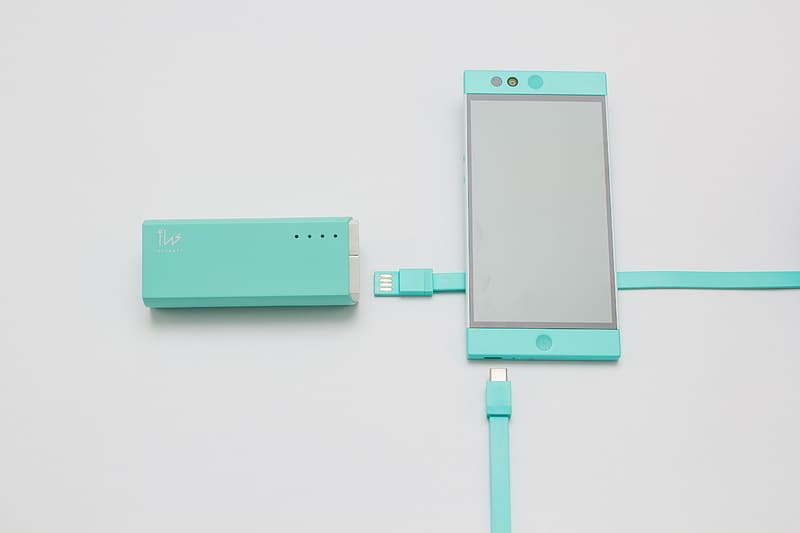
Never Again Without Energy
Power banks are trending, but what are they for? Nowadays we find them everywhere, even on the beach, together with the selfie stick. But what are they? What are they for? Do we need them? How do we choose the right one? Let’s explore their potential and see what these power banks consist of.
What is a Power Bank and what can it charge?
Portable power banks (the genre is not as important as the charge) consist of a special battery and a circuit capable of absorbing and releasing electrical energy. They may also be known as Power Station or Battery Bank. In a nutshell, they are nothing more than devices that store energy that can then be released to recharge electronic devices.
Power Banks have become increasingly popular because the battery life of our beloved phones, tablets and portable media players is insufficient for the amount of time they are used each day. Their great advantage is that we don’t always have an electrical wall socket available for charging. They, therefore, allow us to have a spare battery when we need it.
This type of Power Bank is good for almost any USB device. Cameras, GoPros, portable speakers, GPS systems, MP3 players, smartphones and even some tablets can be charged from a Power Bank. The only thing you need to remember to recharge is them.
How do you Charge a Power Bank?
In most cases, each power bank will be equipped with a dedicated input socket for receiving the charge energy. The power supply for the charge can come from a USB socket on the computer or from a transformer for recharging from a wall socket. Most of the power banks on the market have a mini or micro usb socket to accumulate charge and standard usb sockets for release to external devices. In some rare cases they can use the same socket for taking and releasing energy but we tend to avoid these devices as they are more easily damaged by the passage of electricity and more sensitive to voltage drops and increases.
A Few More Details
To fully charge the power bank it will take a variable time that depends very much on its capacity. Usually, when we purchase these devices, the maximum number of complete recharges for external devices is highlighted. For example, a 1500mAh Power Bank should take roughly the same amount of time to charge a smartphone. For larger power stations, this indication can be doubled, tripled or quadrupled. Usually, they range from very small single-charge devices to more consistent docks that even go up to 8 charges. These examples are based on appliances on the market sold at reasonable prices: a higher number of fillers will also mean a higher price. Most Power Banks are equipped with an LED indicator to show their charging capacity and a safety switch to prevent overcharging and overheating.
However, we point out that some Power Banks do not work well with high-capacity chargers (such as those supplied with iPads). It would therefore be good to get well informed before making a compulsive purchase.
What is the Lifespan of a Power Bank?
This is a somewhat critical question. There are two important factors to consider when assessing their life expectancy.
- The number of charge/discharge cycles a Power Bank can reliably perform
- How long can a Power Bank stay charged in non-use situations?
The answer to the point one can differ a lot between Power Bank models, based on their internal components and the quality of the materials used in manufacturing. We try to avoid Power Banks that have less than 500 declared charge cycles. This would allow you to charge a device from the Power Bank every day for 1.5 years before the power bank begins to lose the ability to hold a long-term charge.
The second point depends on the quality of the controller circuits and battery cells. A good Power Bank can hold a charge for 3 to 6 months with minimal losses. Those of inferior quality may have difficulty maintaining a useful charge for more than 4-6 weeks.
Having made these considerations, it is good to make a price/performance estimate before proceeding with the purchase either online or in your local or favourite computer store.


